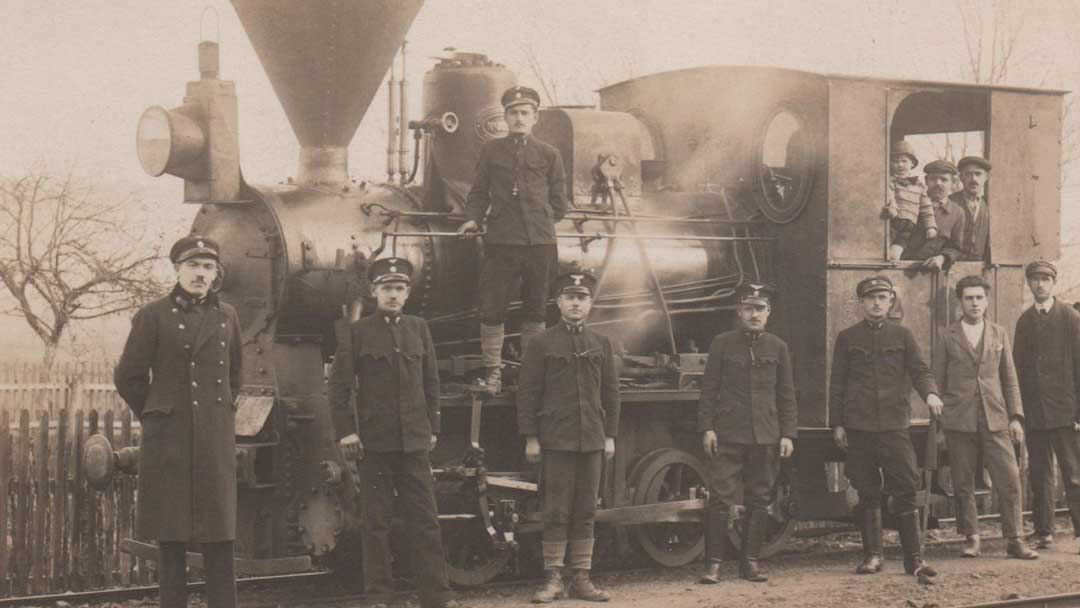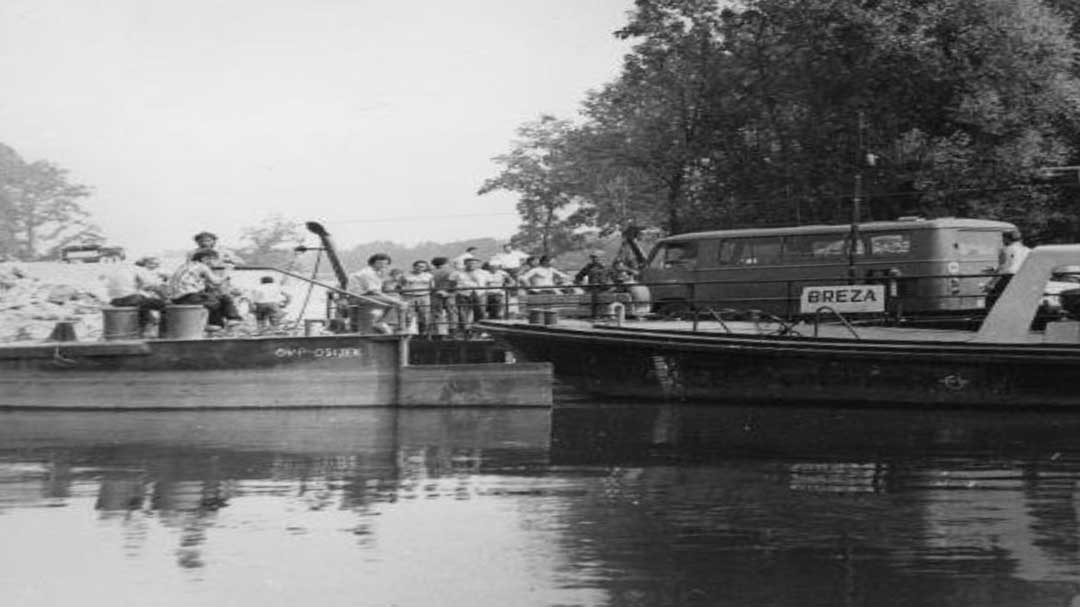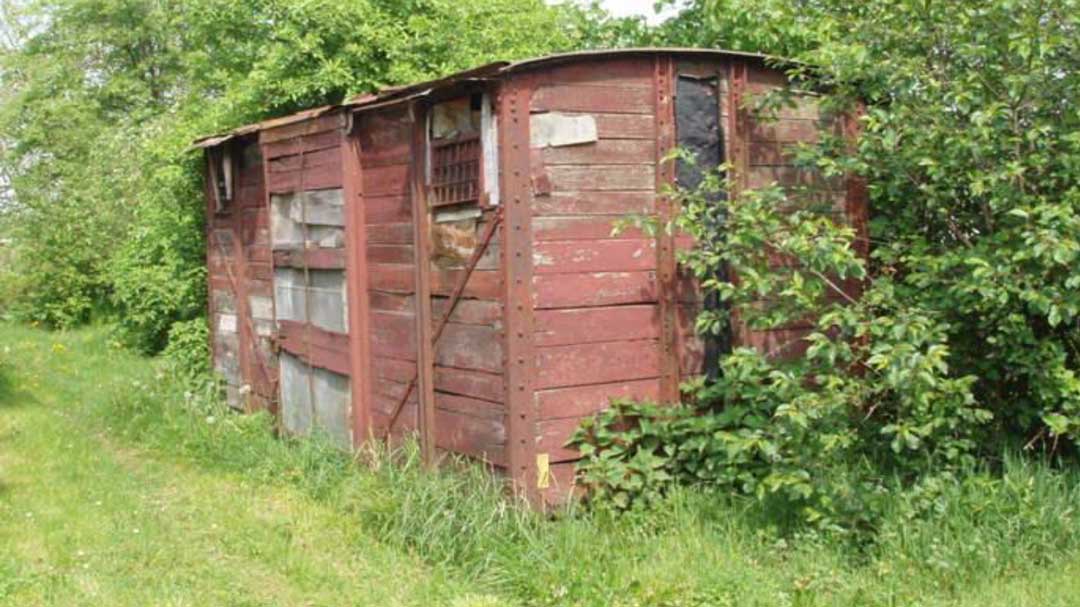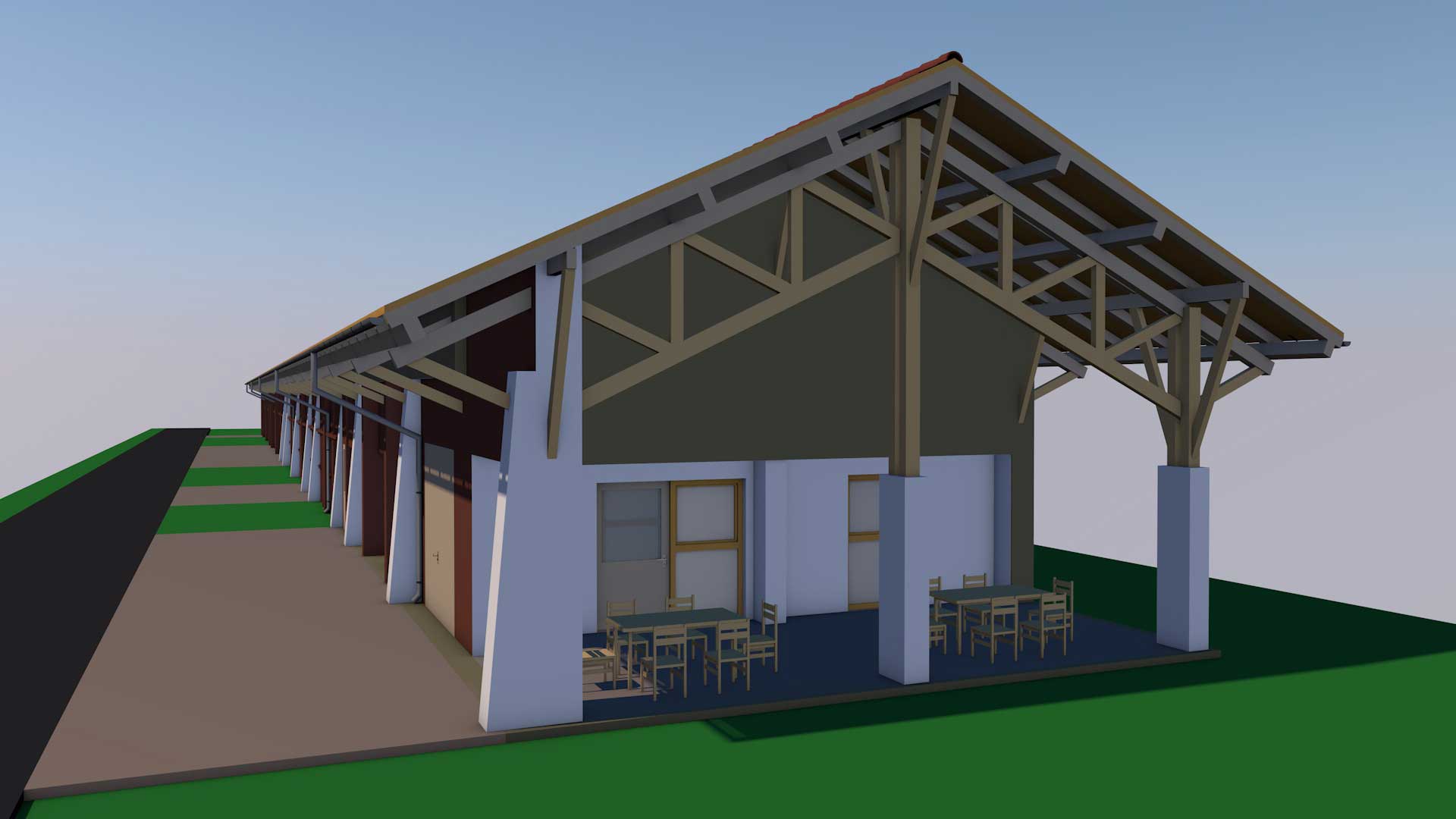Barcs – Belišće cooperation
Belišće had 1024 inhabitants in 1895. This was the first case in Croatia of a settlement developing from an industrial labourer colony to a modern industrial town.
Associated with wood industry, various chemical plants also appeared in the settlement. In those days Belišće was Europe’s most significant processer of oak and beech timber, producing mostly for the West-European market. Shipment in those times was done exclusively on waterways: by boats travelling on the Drava via Donji Miholjac and Barcs, then on the Danube via Budapest.
In addition to freight traffic, passenger traffic also started: a narrow-gauge track was built via Viljevo to Noskovci, which connected to the Podravska Slatina – Szentlőrinc standard gauge railway. Thus, railway connection was established between the two sides of the Drava, via the Pécs-Barcs-Murakeresztúr line which has been operating since 1868, between Belišće and Western Europe (Trieste, Vienna). The last and longest section of the Drava railway between Belišće and Osijek was opened in 1908.
Barcs, at the same time, became an important commercial centre. In addition to the bond mentioned above, railway connection was established in 1894 with Pakrac via Daruvar and Virovitica, bearing importance in passenger transport too, and also towards Zagreb and Wien.
As part of the VICINaD project, the former salt storage building on the banks of the Drava was renovated in Barcs to commemorate the industrial and commercial co-operation of the time, this time transformed into a modern, interactive mobility centre with additional tourism functions, right beside the railway and bus stations and the port. In Belišće, a restored contemporary locomotive will be displayed to recall the former railway connection, also housing a multilingual interactive exhibition. These facilities will be opened in 2022.
Barcs Wanderer
Tourism pages of the City of Barcs

Municipality of Barcs
H-7570 Barcs, 46 Bajcsy Zs. Street, Hungary
Email: polgarmester@barcs.hu
Email: phbarcs@fibermail.hu
Phone: +36 82 565-960
Móricz Zsigmond Cultural Centre
H-7570 Barcs, 9. Bajcsy Zs. Street, Hungary
Email: mzsmk@freemail.hu
Telefon: +36 82 463-125






